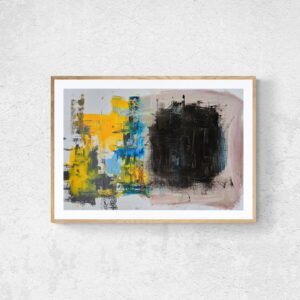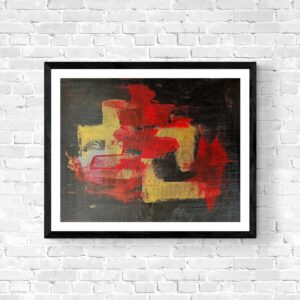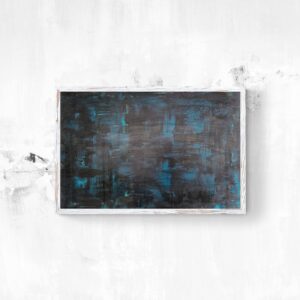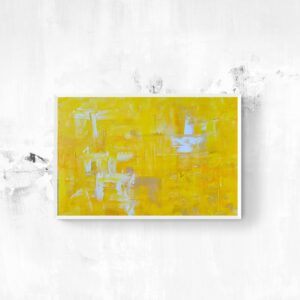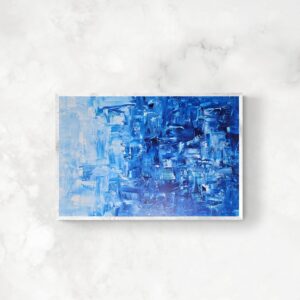
CHARLESTON, S.C. — Under a full moon very early on a Tuesday morning 162 years ago, Harriet Tubman, already sweating in the South Carolina late spring humidity, prepared her troops to attack the Confederacy. Under the command of Union Colonel James Montgomery, she led a group of spies, scouts, and pilots, as well as a volunteer contingent of 300 Black soldiers and one Rhode Island artillery battery, up the lower Combahee River, using her keen knowledge of astronomy, healing plants, land, and waterways. She would become the first woman in United States history to helm a major military operation, and the leader of the largest and most successful slave rebellion in the history of the United States.
Picturing Freedom: Harriet Tubman and the Combahee River Raid at the Gibbes Museum of Art celebrates the freedom fighter’s story without over-mythologizing her. The exhibition was organized by guest curator Vanessa Thaxton-Ward and Pulitzer Prize-winning historian Edda Fields-Black to accompany the recently published COMBEE: Harriet Tubman, the Combahee River Raid, and Black Freedom during the Civil War (2024). It expands the groundbreaking first full account of Tubman’s Civil War service and the Combahee River Raid, recounting the story of enslaved families living in bondage and fighting for their freedom by citing more than 175 US Civil War pension files of the regiments of Second South Carolina Volunteers, in addition to interviews, news reports, and other historical ephemera.

The exhibition relates to that text through historical and art objects, including but not limited to Tubman’s affidavit claim for a pension, and early stereoscopic photographs of newly freed and enslaved peoples — coincidentally, an uncomfortable reminder that the early tools of cinematography and American slavery are closely intertwined. The objects are in dialogue with environmental photographer J Henry Fair’s stunning images and video work of the willful, mysterious, and challenging terrain of South Carolina Lowcountry. These diagrammatic photos are hung alongside paintings, quilts, and assemblages from the likes of Jacob Lawrence, Faith Ringgold, William H. Johnson, Stephen Towns, Kevin Pullen, and Aaron Douglas.
Upon entering the gallery, we are greeted by Faith Ringgold’s portrait of Tubman, “Coming to Jones Road Tanka #1, Harriet Tubman” (2010). Made in collaboration with her mother, fashion designer Willie Posey Jones, in the Tibetan thangka tradition, the painted hanging textile functions as both a spiritual guide and meditative tool. Tubman appears to be seated, centered amongst lush greenery upon a deep Naphthol Red satin. The piece bears a quote from Tubman: “There’s one of two things I had a right to — liberty or death; if I could not have one I would have the other; for no man should take me alive.”

Stephen Towns’s “And I Shall Smite Thee” (2018) depicts an image of a young Tubman resting after an attack by an oppressor. Towns utilizes similar material histories as Ringgold to narrate a story about the abolitionist; using a hanging textile work, this time quilted, we see her on a riverbank. To her left, a crane — a marker of an ecologically healthy wetland and a symbol of bravery, spirituality, longevity, and even perceptiveness across many African nations and tribes — sits amongst the trees, perhaps symbolizing Tubman as a warrior whose rigorously spiritual life guided her in her pursuit of freedom for enslaved people. Opposite, a beam of light cuts across the red beaded, prehistoric eye of an alligator, a reminder that ecological and man-made violence coexist with religiosity in a visualization of two large components of Tubman’s life.
The second gallery introduces us to our contemporaries via portraits by photographer J Henry Fair, whose ancestors were freed during the Raid, tracing a line from that early morning in 1863 to today. Pictured here, amongst others, is Arthur Williams, whose great-great grandmother, Rebecca Simmons, escaped that night. The portraits are paired with interviews accessible via headsets and QR codes, and hung perpendicular to Fair’s photographs documenting land or tools at closer detail. One photograph of cypresses emerging from wetland, for instance, is paired with a text reminding us that the Carolina rice fields were once treacherous cypress swamps that enslaved people cleared by hand.

At the end of the gallery, we are greeted by three works: Kevin Pullen’s “Can you break a Harriet?” (2024), J Henry Fair’s “Moonrise Over the Combahee River” (2022), and Aaron Douglas’s “Harriet Tubman” (1931) along the back wall of the gallery. The three works are a party of painterly color. The greens, yellows, pinks, and lilacs of Pullen’s work are contrasted by the deep, deep indigo of Fair’s “Moonrise” and complemented by the lovely phthalo and viridian greens of Douglas’s “Tubman.” Pullen’s painting is composed of myriad impressionistic, expressive, and energetic marks that make up the representation of Tubman as a figure on the US 20-dollar bill, evoking a stature she was never afforded in her lifetime. Fair, meanwhile, documents the Combahee in the somber moment between the fading of the day and the waking of nocturnal beings, while Douglas used his stylized palette of soft earth tones and silver-blue grays to portray Tubman in a spotlight, breaking the chains of bondage amongst myriad figures in a silhouetted wooded landscape.
What is most successful about this exhibition is how closely it approaches a visualization of the Raid in conversation with Fields-Black’s text. COMBEE presents data about the people, places, economy, and politics of 1863 in excruciating though never-dull detail — rendered so richly and devastatingly human that we are left in utter awe. The exhibition follows its design. That it is shown in Charleston — and specifically at the Gibbes Museum, which was established in 1888 after the Civil War had devastated the city — makes it ever more poignant. In this moment, when the fact that our nation’s economy was built and sustained on the labor of enslaved people is being erased, and museums across the country are bowing to the pressures of the Trump administration, it feels revolutionary and revelatory to celebrate the Black woman who freed nearly 800 people in one evening.
These works, like the show writ large, bring the historical figure into the realm of the human. What would Tubman think of herself on an American bill, as Pullman’s painting suggests, after years spent battling for pension pay she never received? What was on her mind that fateful evening of May 31st, 1863, as she and her troops approached the Combahee, and she prepared a battalion of men to enter the marshes? Was she aware that she was making history, or was she too preoccupied with the sunburn on her shoulders, the blisters at her heels, the pain in her back? My hope is that she had a friend to wrap her tired feet, and a few minutes to take a swim with her, laughing in the moonlight.





Picturing Freedom: Harriet Tubman and the Combahee River Raid continues at the Gibbes Museum of Art (135 Meeting Street, Charleston, South Carolina) through October 5. The exhibition was curated by Vanessa Thaxton-Ward.

